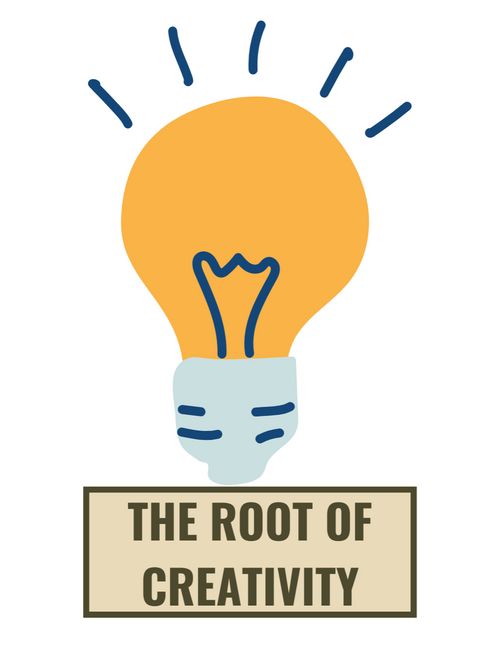Where creativity comes from according to Carl Rogers
Jan 05, 2022 · 2 mins read
0
Share

Carl Rogers was a 20th century American psychologist. A 1983 survey - that interviewed 400+ psychologists - rated Carl Rogers ahead of Freud as the most influential psychotherapist of all time. In this Memo, discover Carl Rogers’ views on what creativity is, and how it happens👇
Save
Share
Conformity in all four directions. Carl Rogers saw conformity everywhere he looked. In the education system, he saw students weighed down by dogma. In science, he saw an “army of technicians” but very few “who can creatively formulate fruitful hypotheses.”
Save
Share
Creativity is core to survival. Our environment is changing so quickly that evolved responses or tradition cannot be relied on. Man needs to “make new and original adaptations to his environment as rapidly as his science can change the environment” - and this requires creativity.
Save
Share
The definition of creativity. Rogers defines creativity as a “novel product” that comes out of the “uniqueness of the individual” and the “materials, events, or circumstances of his life.” It’s crucial the product must be novel and bear the psychological mark of its creator.
Save
Share
We can’t know beforehand if the newly created object or idea will be used for good or evil - since “the very essence of the creative is its novelty,” we simply have no reference frame.
Save
Share
Rogers notes that there are 3 “inner conditions of constructive creativity.”:
Save
Share
The first is openness to experience, which Rogers calls the “opposite of psychological defensiveness.” People whose conceptual boundaries are “permeable” are creative as they tolerate ambiguity better.
Save
Share
The second condition: “an internal locus of evaluation.” The creative person asks herself: “Have I created something satisfying to me? Does it express a part of me - my feeling or my thought, my pain or my ecstasy?”
Save
Share
The third condition of creativity: “the ability to toy with elements and concepts.” To be creative, one must avoid strong attachments to certain styles or views that restrict one’s freedom. To be creative, it’s important to be playful.
Save
Share
Bottomline: Creativity is not a bed of roses. Rogers notes that creative people suffer from the “anxiety of separation” as their ideas or products, by breaking from the norm, expose them to the possibility of alienation. And yet creativity’s rewards more than make up for this.
Save
Share
0